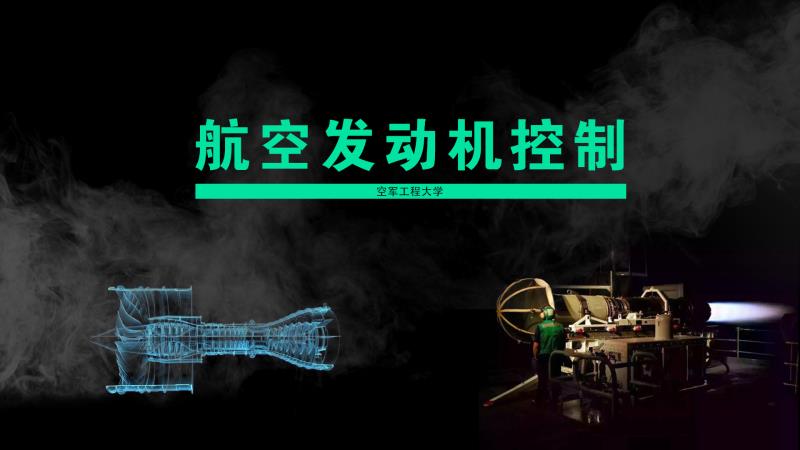
当前课程知识点:Clinical Histology > Chapter12 Reproductive System > Ovarian Follicle > Ovarian Follicle
返回《Clinical Histology》慕课在线视频课程列表
返回《Clinical Histology》慕课在线视频列表
Hello, everyone!
Today we will discuss the
female ovarian follicles.
First,
let's see a case.
18-year-old Rose
had irregular menstrual menstrual cycle
since her menarche.
Rose realized it might be abnormal
for a woman and went to see the doctor.
Ultrasound examination indicated that
there was follicular maldevelopment
in Rose's ovaries.
The question from Rose was
"What are the possible reasons
and influences of my ovarian
follicular maldevelopment?"
To answer Rose's question
you should first be able to
list the main functions of the ovary
describe the morphological features
of ovarian follicles
in different developing stages
and then explain some possible
mechanisms for ovarian disorders
in patients like Rose.
These are also the learning objectives
of this session.
Shown in this picture are the organs
of the female reproductive system.
The ovary is the female gonad
with two functions
production of oocytes
and secretion of sex hormones.
In the female pelvic cavity
the ovary is attached
to the broad ligament
through which vessels
and nerves pass to
and enter at the hilum of the ovary.
At the hilum
besides the blood vessels and nerves
there is another kind of
secretory cells
hilar cells.
These cells can produce androgen
in the female.
Do you still remember
what is the function of androgen
in the female?
Can you summarize the types of the cell
which can produce androgen
since their dysfunction
will result in endocrine disorders?
This is the light microscopic cross
section of the ovary under low power.
The parenchyma of ovary
is divided into an outer cortex
and an inner medulla.
The medulla is composed of loose
connective tissue.
The cortex consists of a very cellular
connective tissue stroma
in which the ovarian follicles
in different developing stages
are embedded.
Though the development of follicles
represents a morphological continuum
we are used to assign them
into 4 stages:
primordial follicles
primary follicles
secondary follicles
and mature follicles.
Among them
the primary and secondary follicles
are undergoing growth
hence also named growing follicles.
No matter what stages they are at
each ovarian follicle
consists of one oocyte
and surrounding follicular cells.
Now let's start from the beginning
primordial follicles
to see the development of the
ovarian follicles.
Primordial follicles are the smallest
and most abundant follicles.
The oocyte is the center
of the follicle.
It is about 30μm
and the size is obviously larger
than the surrounding follicular cells.
The key to identify the
primordial follicles is the single layer
of flattened follicular cells.
In the adult ovary
the primordial follicles are commonly
aggregated in groups
and located in the cortex
just beneath the capsule.
The primordial follicles
are formed about the 5th month
of fetal life
and the oocyte at that time
enters the first stage of meiosis.
They will arrest right there
and maintain this status from fetal life
to puberty of the female
without proliferation
and differentiation.
At puberty
under the influence of the follicle
stimulating hormone (FSH)
secreted by the anterior pituitary
the primordial follicles
start to develop in batches
to primary follicles.
The follicular cells
change from flat to cuboidal
from one layer to multi-layers.
Their cytoplasm may have
a granular appearance
and they are for this reason
also called granulosa cells.
As the follicles continue to develop
a thick amorphous layer is visible
between the oocyte and granulosa cells.
This is the zona pellucida.
Zona pellucida is the pink line
in H&E-stained slides
and mainly consists of glycoproteins.
Both the oocyte and follicular cells
are believed to contribute to
the synthesis of the zona pellucida.
Since the follicles begin to grow
only after puberty
the antigenic property of the newly
expressed zona pellucida protein
would affect the immune system
if the glycoproteins come into contact
with the immune cells by accident.
In fact
some women with difficulty to conceive
do possess zona pellucida antibodies.
This is considered to be the
possible reason for some
ovarian follicular maldevelopment
and infertility.
At the late stage of the
primary follicles development
small fluid-filled spaces appear
between the follicular cells
as the follicle reaches a diameter
of about 400μm.
In the beginning
these are small and can be seen
in different places
between the follicular cells.
Finally,
all these small fluid-containing spaces
will fuse to form
a large follicular antrum
filled with follicular fluid.
The follicular antrum
is the distinguishing feature
of the secondary follicle.
So,
you can also call it
a vesicular follicle.
In vesicular follicles,
the granulosa cells immediately
surrounding the zona pellucida
become elongated
and make up the corona radiata.
As the follicles develop
and enlarge in size
the surrounding stromal cells
form an organized theca
around the follicle.
In secondary follicles,
it is easy to identify the follicular theca
containing 2 layers
theca interna and theca externa.
This picture shows part of the wall
of the secondary follicle.
Theca interna cells are polyhedral
and pale stained steroid-secreting cells.
Under the influence of FSH
from the pituitary
theca interna cells synthesize
androstenedione
which will be transported
into the cytoplasm of
adjacent follicular cells.
The enzyme aromatases
in the follicular cells
transform the androstenedione
into estrogen.
This is how the female sex hormone
estrogen is produced.
The theca externa is derived from
spindle-shaped stroma cells
with the potential to contract
during ovulation after the follicle
comes to the mature stage.
On about the 14th day
of the menstrual cycle,
one of the secondary follicles
in the ovary develops into
a very big structure in size.
Before ovulation
the oocyte finishes the first meiosis
and becomes a secondary oocyte.
This forms the mature follicle.
Please note that
we only have primary oocyte
in primordial follicles
primary follicles
and secondary follicles.
This is because before it
comes to the mature stage
there is no cell cycle change
for the oocyte
just follicular cells proliferation
during the growth of the follicle.
Only when the follicle develops
into the mature stage
the oocyte finishes its first meiosis
and becomes a secondary oocyte.
The mature follicle reaches
a diameter of 20-25 mm
and bulges under the ovarian surface.
Due to its large size
it is easy for us to monitor it
by ultrasound examination in the clinic.
Prior to ovulation
the secondary oocyte
zona pellucida
and corona radiata
dissociate from the follicular wall.
Due to the contraction of the theca externa
and the pressure within the
follicular antrum
the thin follicular wall will rupture
and the ovum is released from the ovary.
So
the mature follicle ends
in the release of a secondary oocyte
producing the female gamete
for fertilization.
Now is the summary on the development
of the ovarian follicles.
They are composed of 2 kinds of cells
and there are 4 stages
for follicular development.
During the developmental process
the female hormone estrogen
is produced.
A mature follicle will release
an ovum for fertilization.
These two main functions of ovary
are carried out by the development
of follicles in the ovarian cortex.
If there is a maldevelopment
of follicles
this will result in dysfunction
of female hormone secretion
and reproduction.
These are the references
for this session.
Thank you for your attention!
-A Brief History of Histology
--A Brief History of Histology
-Test-A Brief History of Histology
-Characteristic Features of Epithelial Tissue
--Characteristic Features of Epithelial Tissue
-Covering Epithelium
-Specialized structures of Epithelial Tissue
--Specialized structures of Epithelial Tissue
-Test-Epithelial Tissue
-Wandering Cells
-Fibers and Ground Substances
--Fibers and Ground Substances
-Cartilage & Bone
-Test-Connective Tissue
-Blood & Hematopoiesis
-Test-Blood & Hematopoiesis
-Skeletal Muscle
-Cardiac Muscle
-Smooth Muscle
-Test-Muscle Tissue
-Myelin
--Myelin
-Cerebellum
-Test-Nerve Tissue and The Nervous System
-Heart
--Heart
-Capillaries
-Test-Circulatory System
-Thyroid
--Thyroid
-Adrenal Cortex
-Test-Endocrine System
-Tongue
--Tongue
-Parietal Cells in Stomach
-Large Intestine
-Liver
--Liver
-Pancreatic Islets
-Test-Digestive System
-From Nasal Cavity to Larynx
-From Trachea to Terminal Bronchiole
--From Trachea to Terminal Bronchiole
-Lung
--Lung
-Test-Respiratory System
-Nephron
--Nephron
-Test-Urinary System
-Seminiferous Tubules in the Testis
--Seminiferous Tubules in the Testis
-Ovarian Follicle
-Test-Reproductive System




